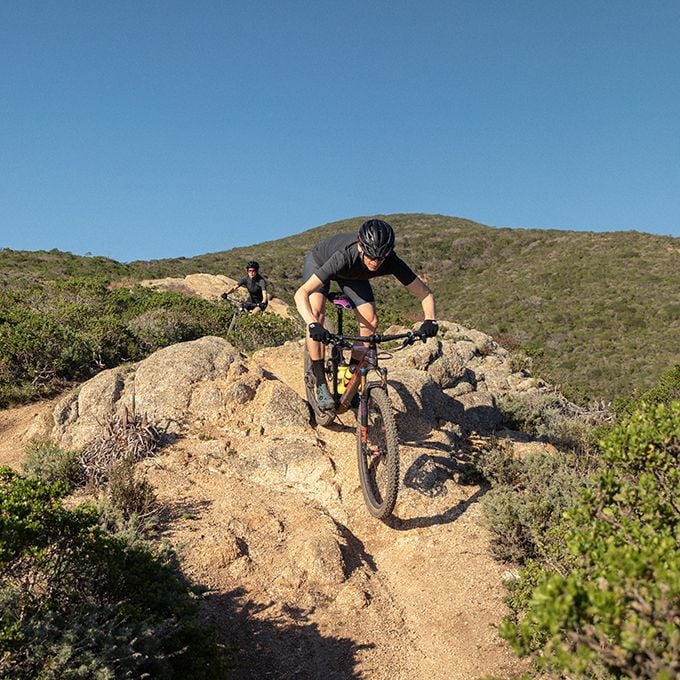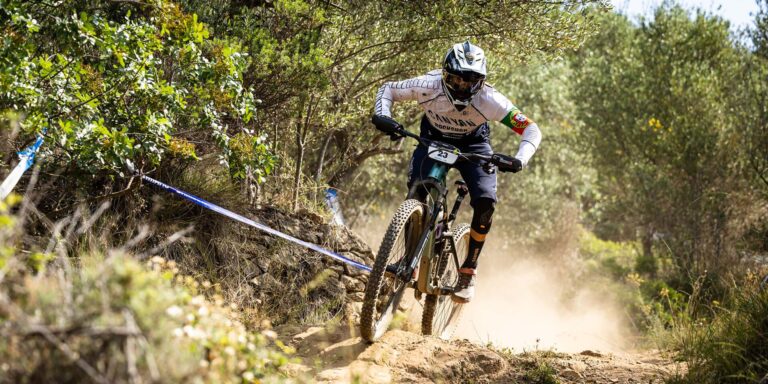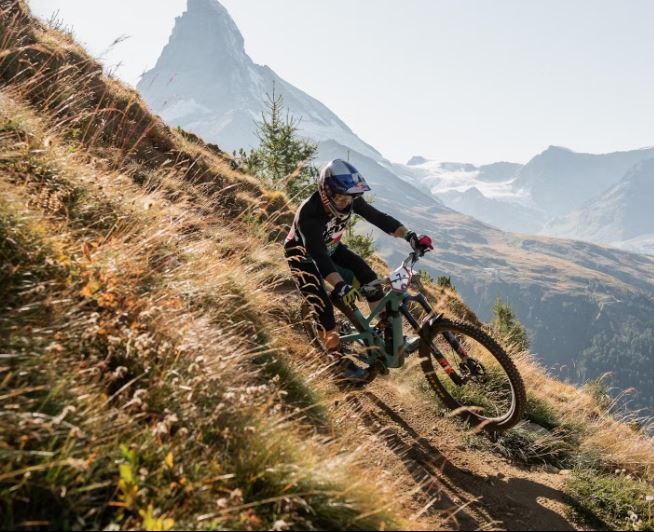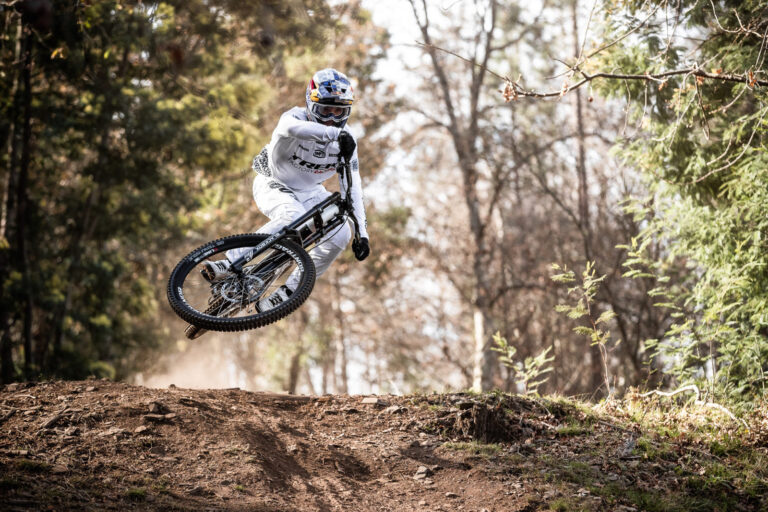Gear Up: Road Bike Drivetrains Explained
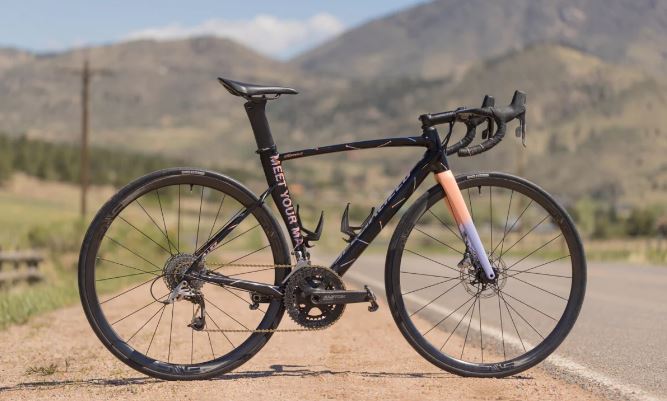
Key Point Summary of Road Bike Drivetrains Explained:
- Understanding Drivetrains: A comprehensive look into the components that make up the drivetrain on road bikes, including the crankset, cassette, chain, derailleurs, and shifters.
- Gear Ratios Explained: Insight into how gear ratios affect your riding experience, influencing speed, efficiency, and the ability to tackle various terrains.
- Shifting Systems Unveiled: A dive into the different types of shifting systems—mechanical, electronic, and hydraulic—and their impact on your riding performance and maintenance needs.
Embarking on the journey of cycling, especially on road bikes, presents a world filled with exhilaration, challenge, and the constant pursuit of mastering the ride. Among the myriad aspects that craft this experience, the drivetrain stands as a cornerstone of performance, dictating how effectively and efficiently one can traverse varying landscapes.
Having raced and ridden across the spectrum of bicycles—from the rugged terrains with mountain bikes to the smooth pavements with road bikes—I’ve come to understand the pivotal role drivetrains play. This article aims to demystify drivetrains for road bikes, catering to cyclists at the beginner to mid-level, weaving through the concepts of gear ratios, shifting systems, and more, all while sharing insights from my cycling adventures.
The Heart of the Bike: Drivetrain Components
At the core of any road bike, the drivetrain is responsible for transmitting power from the rider to the wheels, propelling the bike forward. This system comprises several key components, each playing a specific role in the bike’s overall performance. The crankset, where your pedals attach, works in tandem with the cassette, the set of gears on your rear wheel, to determine your bike’s gear ratios.
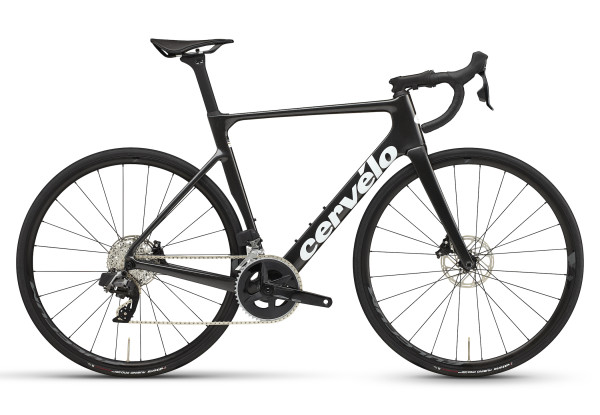
The chain connects these two components, with derailleurs facilitating the shift from one gear to another. Lastly, the shifters mounted on the handlebars give you control over the derailleurs, allowing you to select your desired gear.
The Science of Speed: Gear Ratios
Understanding gear ratios is crucial for optimizing your performance on the road. Simply put, the gear ratio is determined by the size of the front chainring(s) relative to the size of the gears on the cassette. A higher gear ratio means more distance covered per pedal stroke, ideal for high-speed flats or downhill sections.
Conversely, a lower gear ratio makes it easier to pedal, perfect for climbing steep inclines. Early in my cycling days, I learned the hard way that without the right gear selection, you’re essentially fighting against your own bike, either spinning out on flats or burning out on climbs.
Shifting the Experience: Systems Explained
The evolution of shifting systems has been a game-changer in the world of road cycling. Mechanical shifting, with its cables and levers, has been the traditional setup, offering reliability and a direct feel. However, the introduction of electronic shifting systems, such as Shimano’s Di2 or SRAM’s eTap, has revolutionized how we interact with our bikes.

These systems provide precise, swift gear changes at the touch of a button, with minimal maintenance due to the absence of cables that stretch or wear out. While electronic shifting systems come with a higher price tag, the performance and convenience they offer make them a worthwhile investment for many cyclists.
The Personal Touch: Finding Your Fit
Choosing the right drivetrain setup is a personal journey, heavily influenced by your riding style, the terrain you frequent, and your aspirations in cycling. Whether you’re gearing up for competitive racing or embarking on leisurely weekend rides, the key is to find a balance that suits your needs.
For beginners, a wide range of gear is advisable, allowing you to explore different terrains without the fear of running out of options. As you grow in experience and strength, you might find yourself gravitating towards setups that prioritize speed and efficiency, with closer gear ratios for fine-tuning your cadence.
Road Bike Drivetrains Explained: In Conclusion
The drivetrain is more than just a collection of mechanical parts; it’s the lifeblood of your road bike, dictating the harmony between your efforts and the bike’s response. By understanding and choosing the right components, gear ratios, and shifting systems, you can transform your ride, making every pedal stroke count.
As you delve deeper into the world of road cycling, let your drivetrain be a testament to your growth and ambition, always pushing you to new heights and experiences on the road.

Two of the top road bikes that have consistently received high praise for their performance, technology, and design are the Specialized S-Works Tarmac SL7 and the Trek Madone SLR. Both bikes represent the pinnacle of modern road cycling technology, catering to racers and serious enthusiasts seeking the best in speed, efficiency, and aerodynamics.
Specialized S-Works Tarmac SL7
The S-Works Tarmac SL7 by Specialized is a marvel of engineering, blending lightweight design with aerodynamic efficiency. It’s touted as an all-rounder that doesn’t compromise, equally adept at climbing as it is slicing through the wind on flat terrain. With its integrated components and sleek lines, the Tarmac SL7 is designed for riders who demand the best in performance, whether racing or embarking on epic rides.
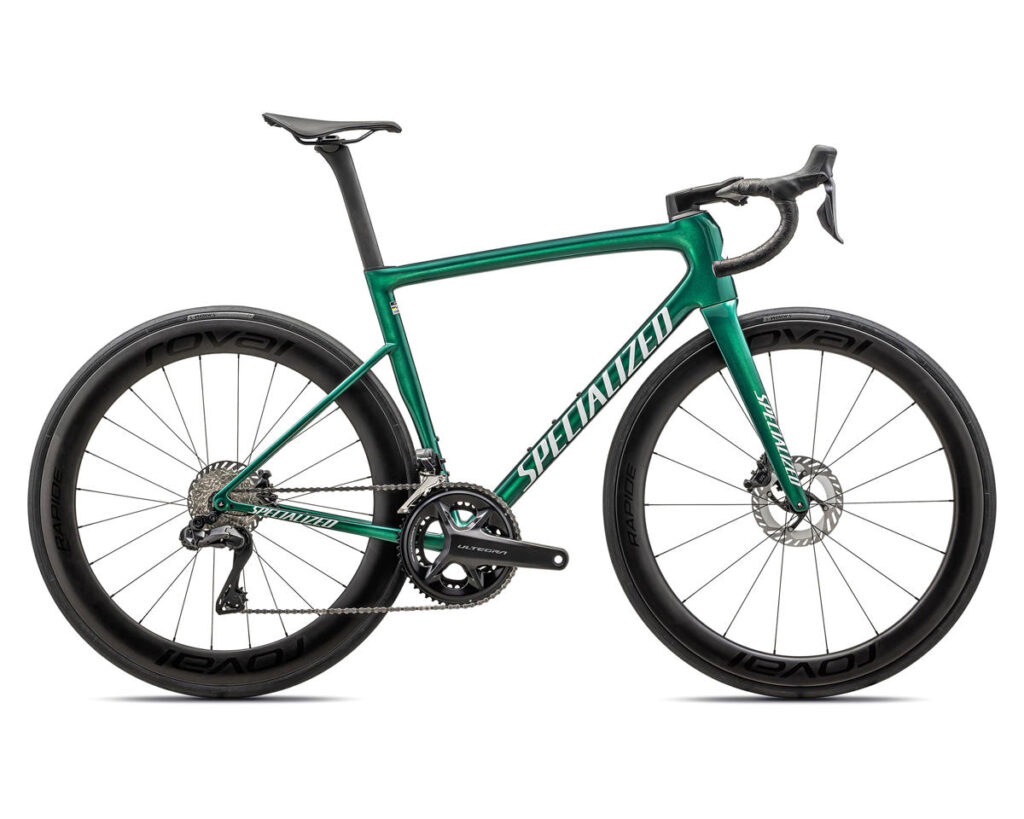
Trek Madone SLR
The Trek Madone SLR stands out as an aerodynamic masterpiece, built for speed and efficiency. It features Trek’s innovative IsoSpeed technology, which enhances comfort without sacrificing the stiffness necessary for maximum power transfer. The Madone SLR is tailored for cyclists who prioritize aerodynamics and speed but still want a level of comfort for longer distances.
Both bikes come equipped with top-of-the-line components and offer options for electronic shifting systems, such as Shimano’s Di2 or SRAM’s eTap, enhancing the riding experience with quick, precise shifts. When choosing between these two exceptional models, personal preference in ride feel, brand loyalty, and specific performance features should guide your decision.

FAQ
Is 1x drivetrain better than 3X?
A 1x drivetrain is often considered better for certain applications due to its simplicity, reduced weight, and lower maintenance compared to a 3x setup. However, a 3x drivetrain offers a wider range of gears, which can be advantageous for varied terrain with steep climbs and fast descents.
What are the gears 1 2 3 on a bike?
These numbers typically refer to the front chainrings on bikes with multiple chainrings. Gear 1 is the smallest chainring providing the easiest pedaling for steep climbs, gear 2 is a middle option for moderate terrain, and gear 3 is the largest chainring for high speeds on flat or downhill sections.
Is a 1×11 drivetrain good?
A 1×11 drivetrain is considered good for most cycling applications, offering a wide range of gears with the simplicity of a single front chainring. It balances ease of use with sufficient gear options for varied terrain.
Why are 1x drivetrains so popular?
1x drivetrains have gained popularity due to their simplicity (eliminating the front derailleur), lighter weight, and the ease of shifting. They also reduce the chance of chain drop and provide a cleaner, more streamlined bike setup, appealing to both competitive cyclists and recreational riders.


